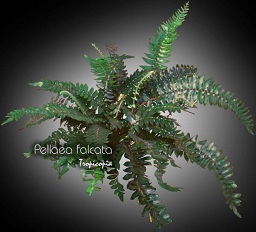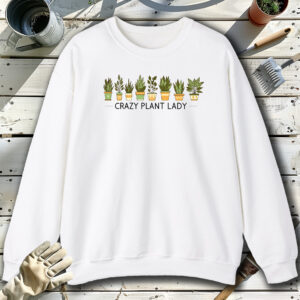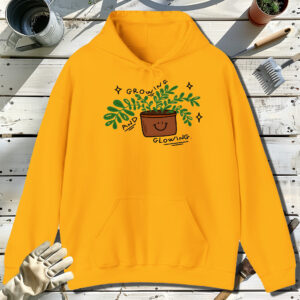Table of contents
Pellaea falcata

Latin Name: Pellaea falcata
Category: Fern
Family: Sinopteridaceae
Origin: Australia, New Guinea
Climate: Tropical
Growing Zones: 10-11
Care Instructions
The Pellaea falcata (Pellaea falcata) is a tropical plant that originates from Australia, New Guinea. This fern plant belongs to the Sinopteridaceae family and is well-suited for growing in USDA zones 10-11.
Complete Care Guide for Pellaea falcata
Watering Requirements
Pellaea falcata, commonly known as the forked fern, thrives in a well-drained environment. It is essential to water this fern moderately, allowing the top inch of soil to dry out between waterings. Overwatering can lead to root rot, so it’s crucial to ensure that the pot has adequate drainage holes. During the growing season, which typically spans from spring to early fall, you may need to water more frequently, approximately once a week. In the winter months, reduce watering to every two weeks, as the plant enters a dormant phase. Always use room temperature water to avoid shocking the roots.
Light Conditions
Pellaea falcata prefers bright, indirect light but can tolerate low light conditions. Direct sunlight can scorch the delicate fronds, so it’s best to place the fern in a location where it receives filtered light, such as near a north or east-facing window. If you notice the fronds becoming leggy or pale, it may be a sign that the plant is not receiving enough light. Conversely, if the fronds are turning brown or crispy, it may be getting too much direct sunlight. A balance of light is key to maintaining the lush green appearance of this beautiful fern.
Soil Preferences
Pellaea falcata thrives in a well-aerated, fast-draining soil mix. A combination of potting soil, perlite, and orchid bark works well to provide the necessary drainage and aeration. The ideal pH level for the soil should be slightly acidic to neutral, around 6.0 to 7.0. Fertilization should be done sparingly; use a balanced, water-soluble fertilizer diluted to half strength during the growing season, approximately once a month. Avoid fertilizing during the winter months when the plant is dormant, as this can lead to nutrient buildup and harm the roots.
Pests and Diseases
Pellaea falcata is generally resistant to pests, but it can occasionally be affected by common houseplant pests such as spider mites, aphids, and mealybugs. Regularly inspect the undersides of the fronds for any signs of infestation. If you notice pests, treat the plant with insecticidal soap or neem oil, ensuring to cover all surfaces of the leaves. Additionally, keep an eye out for fungal diseases, which can occur if the plant is overwatered or if humidity levels are too high. To prevent fungal issues, ensure good air circulation around the plant and avoid wetting the foliage during watering.
Special Care Tips
To keep your Pellaea falcata healthy and thriving, consider the following special care tips: First, maintain a consistent humidity level around the plant, ideally between 40-60%. If your home is particularly dry, especially during winter, consider using a humidity tray or a humidifier. Additionally, dust the fronds regularly with a damp cloth to keep them clean and allow for optimal photosynthesis. Pruning is also beneficial; remove any dead or yellowing fronds to encourage new growth and maintain the plant’s aesthetic appeal. Lastly, be patient; Pellaea falcata can be slow-growing, but with the right care, it will reward you with its unique and attractive foliage.








